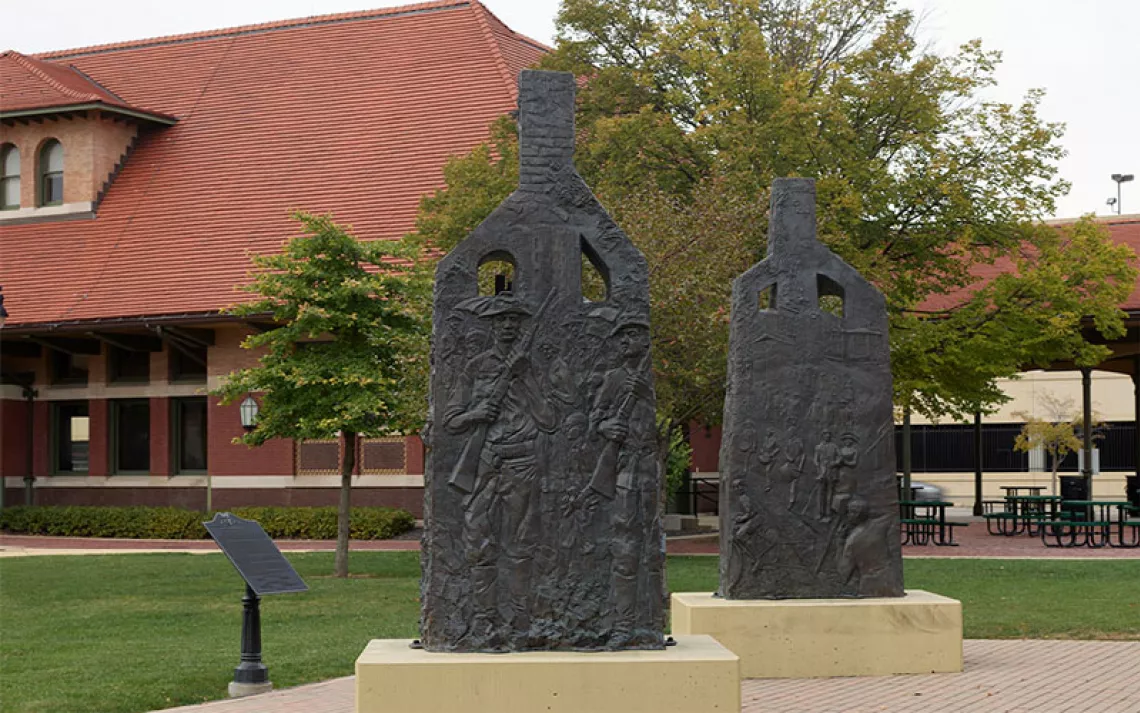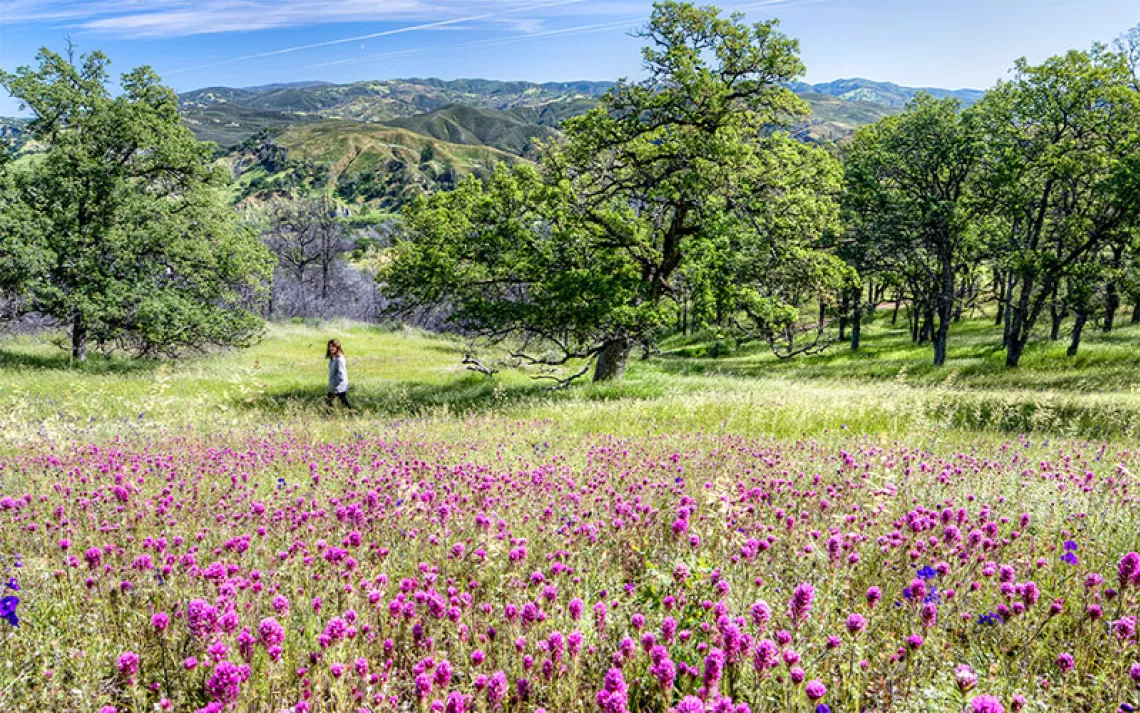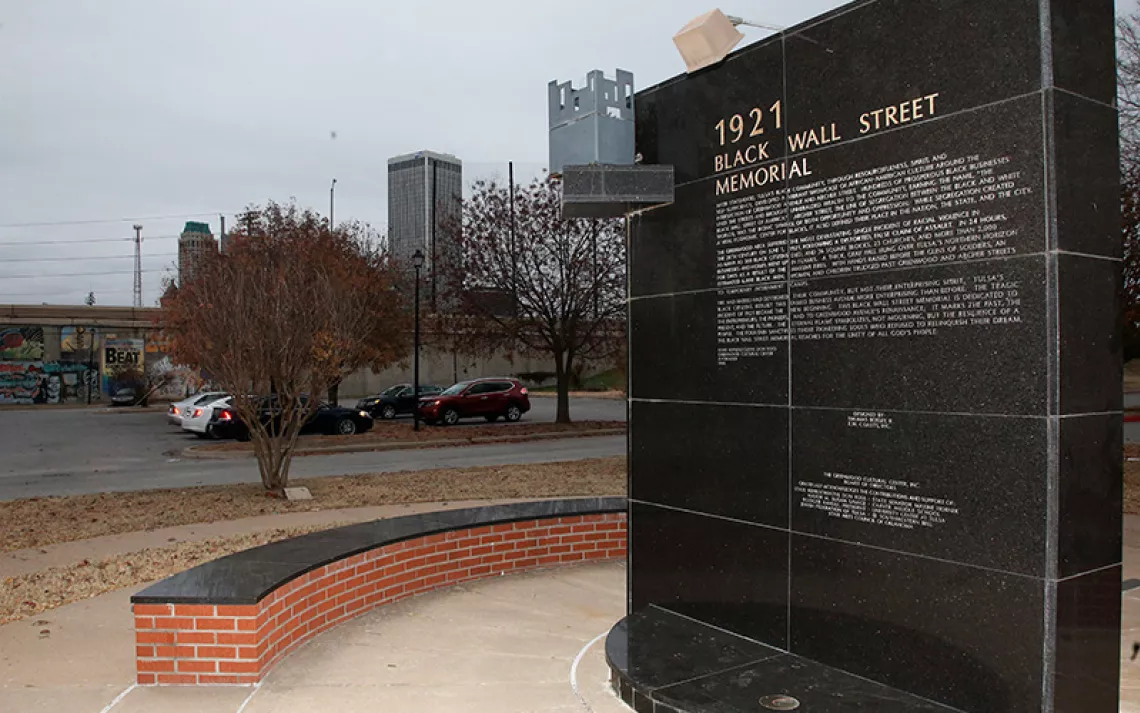President Biden Designates Two National Monuments in Nevada and Texas
Avi Kwa Ame and Castner Range receive new protections

South McCullough-Highland Range in Avi Kwa Ame. | Photo by Alan O'Neill
President Biden on Tuesday took a major step toward fulfilling his administration’s goals of protecting 30 percent of US lands and waters by 2030 as he designated two new national monuments—Avi Kwa Ame in Nevada and Castner Range in Texas. Together, the two national monument designations will provide new protections to more than a half million acres of desert wildlands.
National environmental groups, local conservation organizations, and Native American tribes that have been working for years to create the two national monuments celebrated the president’s move.
“The president’s actions today show that he is listening to communities and tribal nations that have been calling for the protection of natural and cultural resources and for safe, equitable access to more public lands,” Jennifer Rokala, executive director of the Center for Western Priorities, said in a statement. “But he still has a long way to go to reach the 30x30 goal.”
“Avi Kwa Ame and Castner Range are spiritual, cultural, and natural treasures with thousands of years' worth of history and legacies worth protecting,” Chris Hill, senior director of Sierra Club’s Our Wild America campaign, said. “Today’s designations will preserve them for generations to come and add to the stories and legacies we commemorate through public lands, in addition to protecting critical habitats and vulnerable species.”
The new federal protections for Avi Kwa Ame (also known as Spirit Mountain) and Castner Range are Biden’s second and third national monument designations, following the creation of Colorado’s Camp Hale National Monument in fall. Right after taking office, Biden used the authority of the Antiquities Act to restore Bears Ear National Monument and Grand Staircase–Escalante National Monument in Utah, both of which had been shrunk during the Trump administration.
Since coming into office, Biden has expressed a desire to deepen his dedication to working with Native American nations, and establishing Avi Kwa Ame National Monument is one of the most significant examples of that to date. “When it comes to Spirit Mountain and its surrounding ridges and canyons in southern Nevada, I’m committed to protecting this sacred place that is central to the creation story of so many tribes,” President Biden said last November.
Avi Kwa Ame is situated at the southernmost tip of Nevada, about an hour south of Las Vegas and sandwiched between Arizona and California. It connects millions of acres of existing public lands, including Mojave National Preserve in California, Lake Mead National Recreation Area, and over half a dozen federal wilderness areas.
Biden’s designation welds these various public lands together in a 500,000-acre national monument that will protect them from future mining, drilling, grazing, and road expansion. However, no preexisting activities will be stopped as a result of the new monument. That was a key point that helped build a coalition of advocates ranging from businesses to conservation groups.
Local tribes have been trying to protect this area for decades. They scored a major win in 1999 when the federal government listed the 5,642-foot-tall Spirit Mountain on the National Register of Historic Places. Soon after, 33,518 acres around the mountain were designated as the Spirit Mountain Wilderness area.
Avi Kwa Ame, the Mojave name for Spirit Mountain, is central to the Yuman peoples of the Southwest. In total, there are at least 10 tribes for whom the area is a part of their creation history. In Indigenous teachings, the mountain was created to teach the people about the land. From there, the water, plants, and animals emerged.
“The president’s action today will safeguard these hundreds of thousands of acres in southern Nevada bearing great cultural, ecological, and economic significance to our state,” the Avi Kwa Ame Coalition said in a statement on Tuesday. “We are honored and grateful to his leadership and are thrilled to be a part of this historic day.”
Beyond its cultural significance, the area is a crucial habitat for many plants and animals. Iconic species like the desert bighorn sheep, yellow-billed cuckoo, and Joshua tree can be found across the desert. Much of the new monument overlaps with the Piute-Eldorado Valley Area of Critical Environmental Concern, an area dedicated to protecting the desert tortoise.
Work to expand protections throughout the region started several years ago, after a wind project was proposed in the county where the monument is located. Alan O’Neill, the former superintendent of the Lake Mead National Recreation Area, the Conservation Lands Foundation, and Friends of Nevada Wilderness were instrumental in those conversations. From there, the movement grew, first recruiting the National Parks Conservation Association and then the Fort Mojave Indian Tribe. By 2021, all three major towns within the monument's perimeter—Searchlight, Boulder City, and Laughlin—had formally supported the creation of Avi Kwa Ame National Monument.
The effort received a huge boost last year when Nevada representative Dina Titus introduced the Avi Kwa Ame National Monument Protection Act of 2022. The legislation coincided with a visit by Interior Secretary Deb Haaland, which was the first real indication that the Biden administration was interested in creating a new national monument. For tribes, it couldn’t have been a more monumental moment.
“I was with my grandmother during the speech, and she started crying because it gave us the most relief we've ever had in terms of being able to protect something so sacred to our people,” said Ashley Hemmers, the tribal administrator at Fort Mojave Indian Tribe. “And that's really the feeling that members of our tribe have in terms of the opportunity for protecting it.”

Sign up to receive Sierra News & Views
Get articles like this one sent directly to your inbox weekly.
With this action you affirm you want to receive Sierra Club communications and may vote on policy designated by the Sierra Club Board.
While Indigenous tribes have inhabited the area for thousands of years, the federal government has occupied the territory since at least the mid-19th century, first building a fort and then attempting to force the Mojave people off of their homeland.
More recently, the Mojave tribe has worked with the Hualapai, Yavapai, Havasupai, Quechan, Maricopa, Pai Pai, Halchidhoma, Cocopah, and Kumeyaay to carry on the legacy of their nations in reclaiming their land rights. While the Bureau of Land Management will continue to manage the area, local tribes will play a key role in its stewardship.
For Indigenous communities that call the area home, the federal recognition is an acknowledgment of what they’ve always known: The mountain is an essential part of their daily lives. It is where they recreate, pray, and hold traditional ceremonies.
“Avi Kwa Ame, or Spirit Mountain, is of utmost importance to our community because it is a sacred place where we believe our God, Matevilye, his younger brother, Mastamho, and the original people lived,” said Colleen Garcia, Fort Mojave tribal councilwoman, following a hearing last November. “The original people left images and stories through petroglyphs on the rocks at Avi Kwa Ame.”
In South Texas, local environmental groups, led by the Frontera Land Alliance, have been pushing for protections for Castner Range for years as well. The new Castner Range National Monument protects about 6,600 acres of high desert just outside El Paso. The area is located on the Fort Bliss military base, and the range served as a training site for the army in the mid-20th century, until the range was closed in the 1960s. The area—which has cultural significance to the Apache, Comanche, and Kiowa Nations, among other Indigenous groups—provides habitat for many species, including the Texas horned lizard, black-tailed prairie dog, and the western burrowing owl.
In announcing the monument designation, the White House said, “Once the area is sufficiently remediated to be safe for public access, Castner Range will offer unique opportunities for the El Paso community to experience, explore, and learn from nature.”
On Tuesday, the president also announced the initiation of process to establish a vast marine sanctuary in the Pacific Ocean as well as the creation of the first-ever Ocean Climate Action Plan.
While thrilled with federal protections offered by the two new national monuments, conservation groups and Native nations know that the work to protect Spirit Mountain and Castner Range is in some ways just beginning. Monument designation is often accompanied by increased visitation—which can mean potential damage to landscapes and cultural sites. Going forward, the task will be to balance access and recreation with the needs to protect plants, animals, and sacred sites. Castner Range can’t be opened to the public until all unexploded munitions are removed from the area.
“After celebrating really comes the education efforts,” said Bertha Gutierrez, the program director for the Conservation Lands Foundation, which was a part of the coalition that advocated for the monuments. “Because then you have to educate people on … what does this mean for our communities? How can you visit, and to do it respectfully and safe?.… There's still going to be a lot of education in the future.”
 The Magazine of The Sierra Club
The Magazine of The Sierra Club



